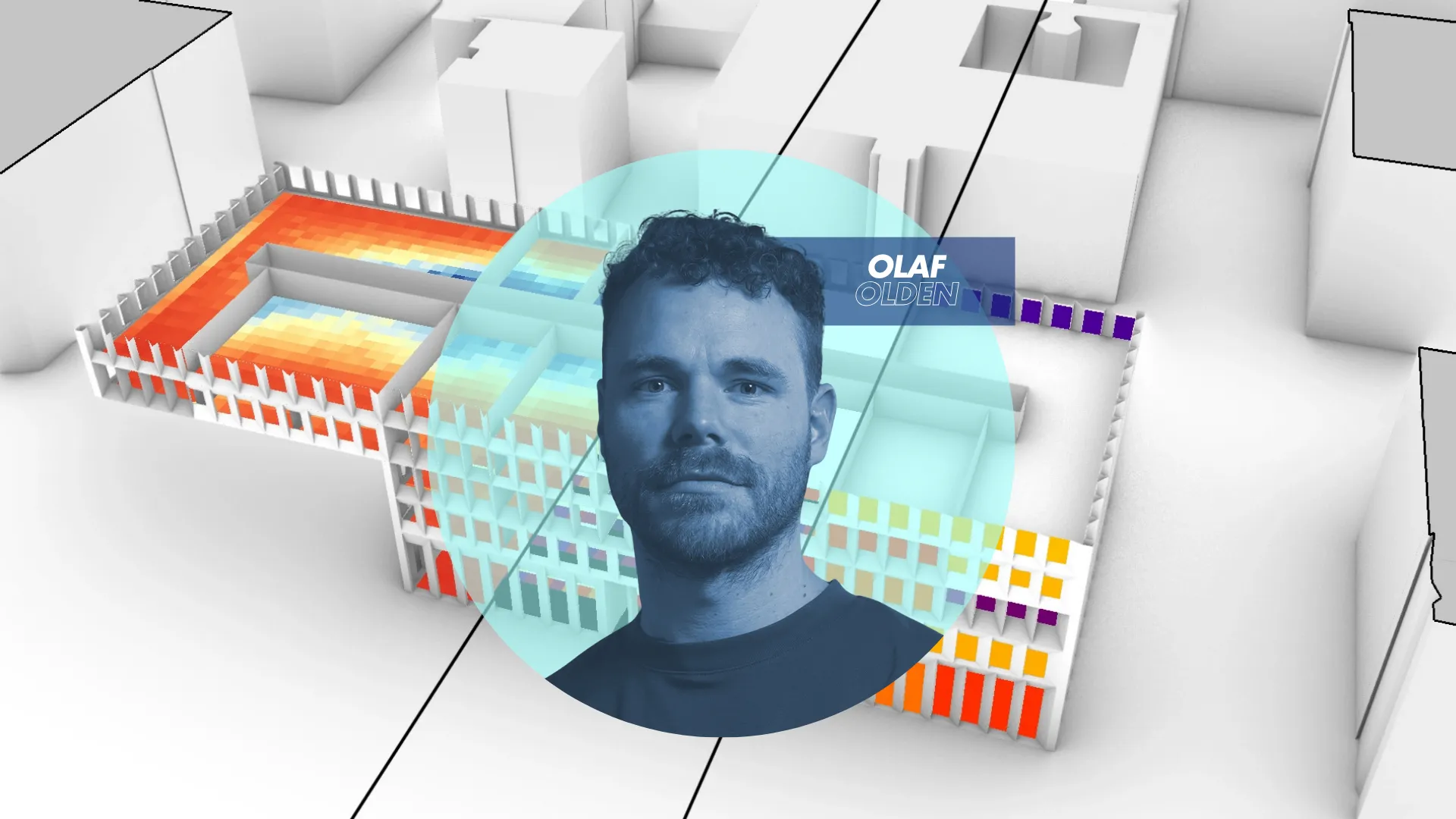
After completing his master’s degree at TU Delft in 2021 and earlier studies at the University of Applied Sciences in Arnhem, Olaf has carved a career dedicated to fostering a sustainable built environment. His early work as a sustainability consultant, focusing on social and environmental performance and BREEAM certification, laid the groundwork for his later roles at MVRDV and OMRT. Teaching at TU Delft and sharing expertise via his YouTube channel, MisterMetric, Olaf practices and disseminates sustainable and computational design thinking.
During his time at OMRT, Olaf Olden took on the role of project manager within the studio team. The nature of OMRT’s work exposed him to two distinct and challenging domains: building-level optimization and urban massing optimization. At the building scale, projects often arrived with a preliminary design already sketched out.
Olaf and his team would then refine these proposals, enhancing key performance metrics such as the GO/BVO ratio and fine-tuning design elements for efficiency. Urban-scale projects, however, were a different challenge altogether. These began from a clean slate, where form, performance, and parameters had to be defined collaboratively with the client, opening up a more exploratory design process.
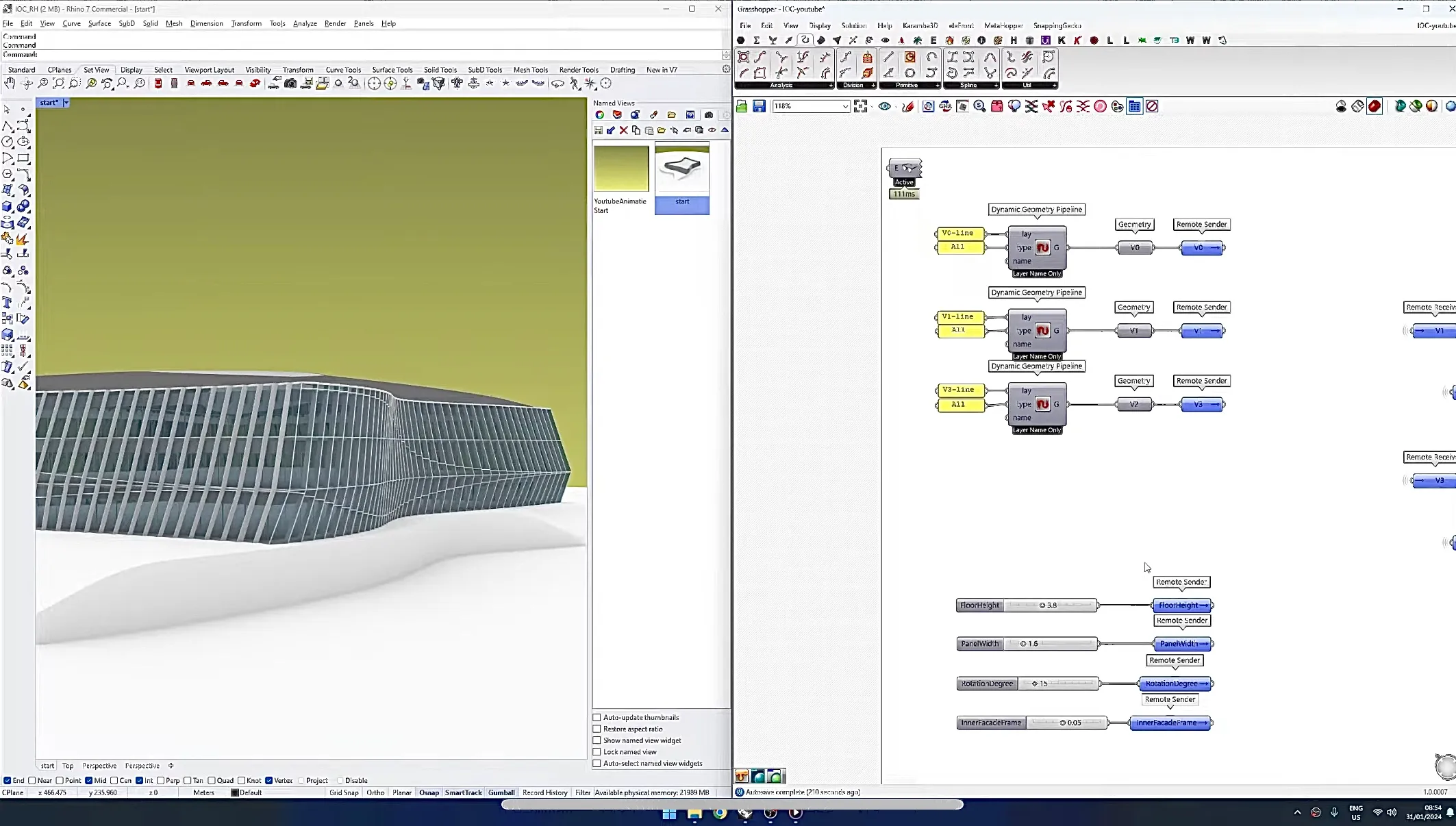
Olaf’s design philosophy is grounded in the belief that technology and sustainability must work together to shape a responsible future for architecture. He emphasizes embedding sustainability metrics at the earliest stages of design so that decisions made during concept development are already aligned with long-term performance goals. By combining computational logic with parametric workflows, he ensures that architects can move from conceptual sketches to fully optimized forms. His approach is efficient and empowers architects and designers to create environmentally responsive buildings.
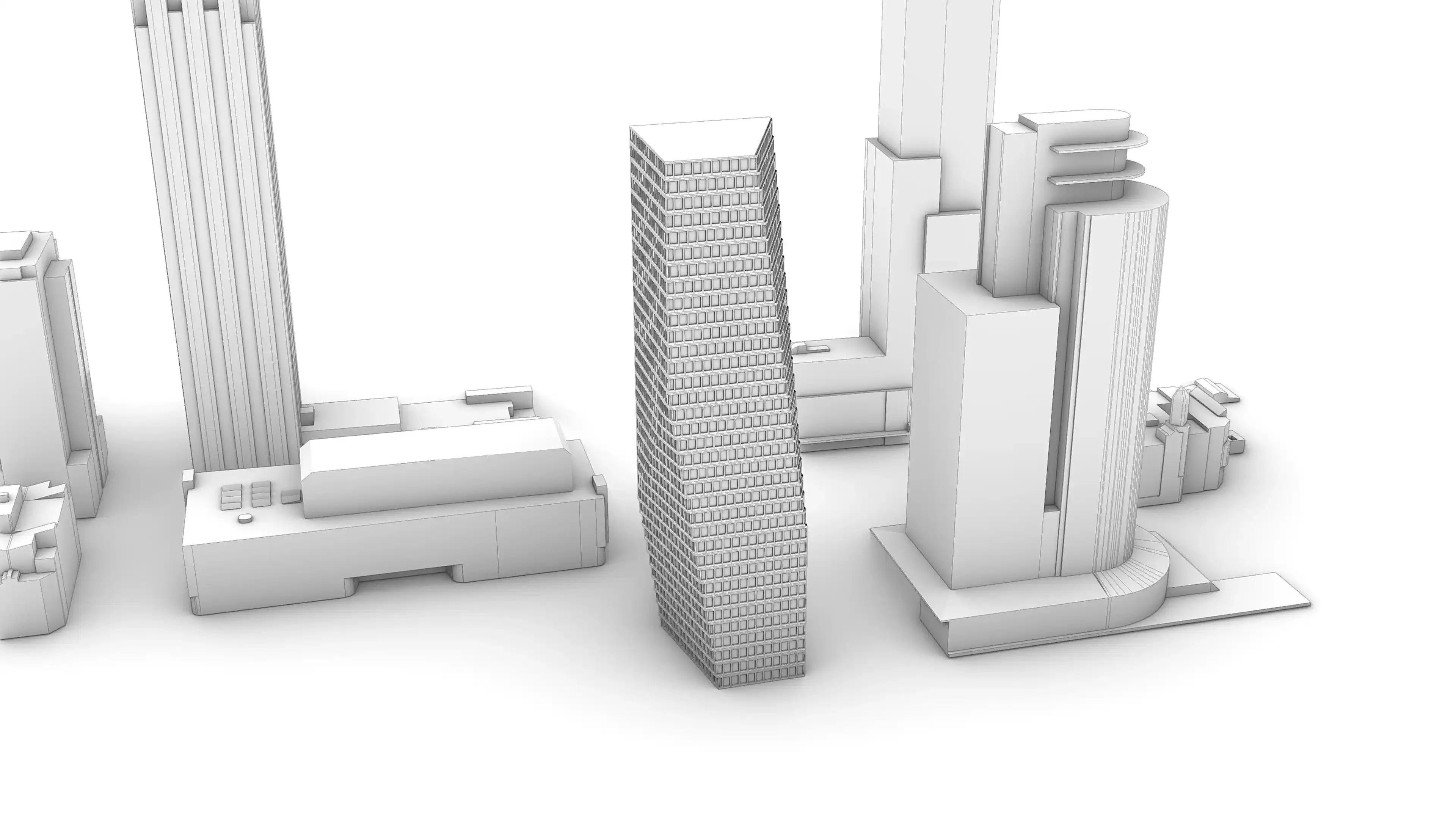
Olaf’s workflow begins with form studies, where form factor metrics are used to assess the efficiency of building massing and its envelope. Using SubD modeling, these studies evolve from simple mesh-based explorations into more complex and organic forms. Grasshopper 3D provides the backbone for this process, structuring data in a way that ensures computational efficiency and smooth integration of sustainability metrics. This method allows design teams to test and refine their ideas while maintaining performance-driven goals throughout the process.
One of the defining features of Olaf’s approach is the use of Ladybug and Cyclops to enable real-time testing. With these tools, architects can instantly evaluate daylight performance, solar exposure, and environmental impacts as they iterate through design options. The ability to receive immediate feedback ensures that sustainability is not treated as an afterthought, but as a central driver of form and function. This interactive process also supports greater flexibility, making it possible to explore unconventional geometries without sacrificing environmental performance.
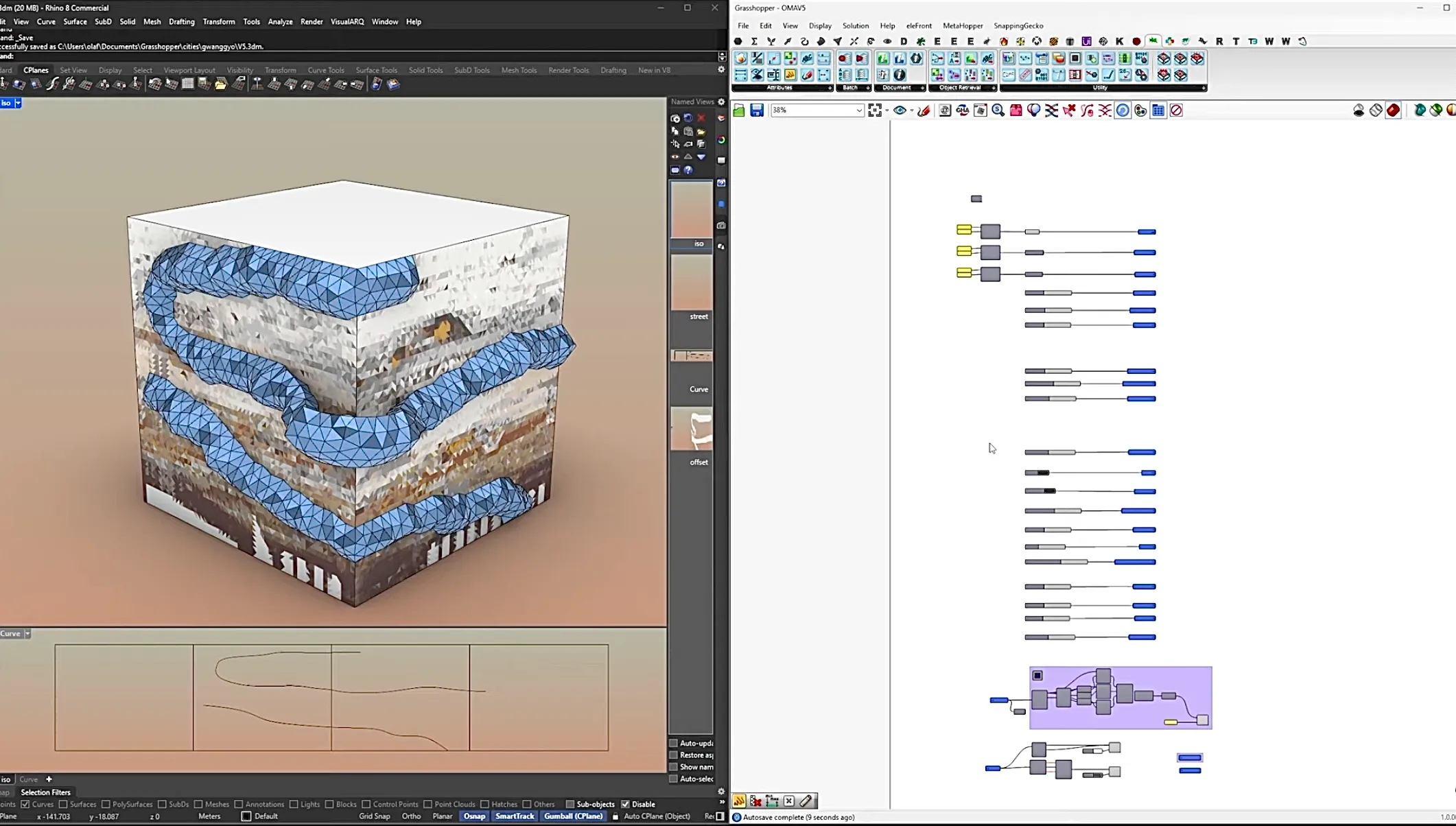
When moving from massing studies to detailed design, Olaf emphasizes the importance of facade rationalization. Ladybug simulations allow for cumulative radiation analysis, helping designers find the right balance between solar gains and shading needs. By linking facade articulation to data-driven performance assessments, architects can create climatically responsive designs. The workflow ensures that decisions about glazing, shading strategies, and material selection are always tied back to measurable sustainability outcomes.
Olaf’s workflow includes the use of Wallacei as an evolutionary solver to guide optimization. This approach allows for iterative refinement of form and facade parameters, balancing complex goals such as daylight optimization, glare reduction, heat stress management, and view quality. By incorporating early-stage energy modeling into the process, architects can make informed decisions from the outset. Furthermore, Olaf integrates carbon emission assessments into his workflows, encouraging greater awareness of the environmental impact of building elements.
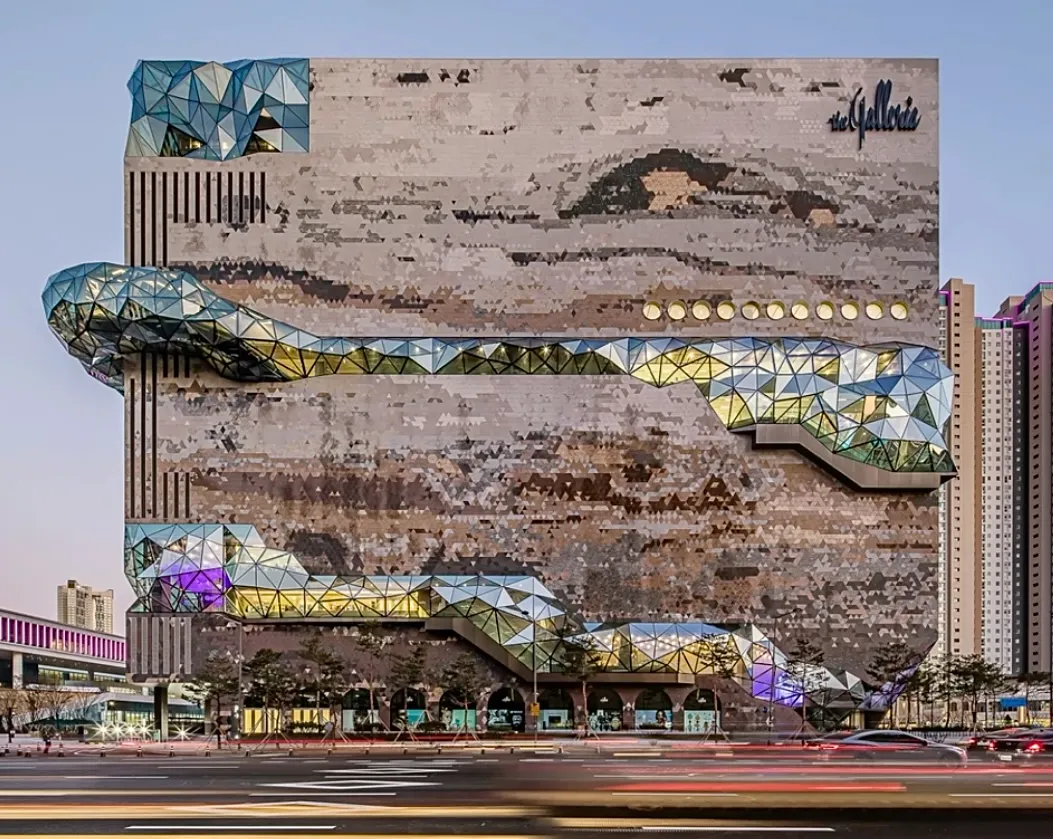
The built environment is one of the largest contributors to global carbon emissions, and architecture plays a pivotal role in shaping a more sustainable future. Olaf Olden’s work shows how technology can empower architects to design with climate and community in mind. His workflow ensures that buildings are aligned with pressing sustainability goals.
Olaf Olden is also sharing his expertise through an upcoming workshop with PAACADEMY titled Design Integration with Cyclops, Ladybug & Wallacei. It is scheduled for 23 and 24 August 2025. Olaf Olden’s workshop will guide participants in applying sustainability metrics from early massing studies to detailed facade optimization, while also learning how to set up energy modeling and explore shading strategies.
You must be logged in to comment.